Hazratganj (Lucknow), UTTAR PRADESH / U.S.A:
Dr. Hashima Hasan tells AMT about her dream of working for NASA and her extraordinary role in launching the largest, most expensive space telescope in history.
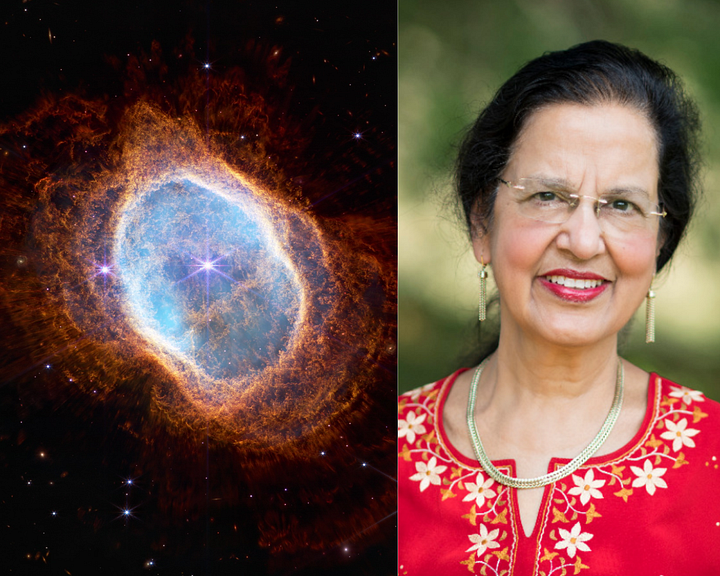
A young girl stands in awe with her family in their yard, as their heads tilt back to watch the Russian Sputnik satellite pass through the clear morning sky in Hazratganj, India, in 1957.
“I still remember watching it and saying, ‘Wow, I’d like to do that,’” said Dr. Hashima Hasan. “That was an inspirational moment.”
Over half a century later, Dr. Hashima is now one of NASA’s leading scientists and has helped develop the device that is currently enthralling the world, by relaying the first quality images of billions of years of the universe.
The James Webb Space Telescope is being used to focus on the first light in the assembly of galaxies in the early universe, the birth of stars and protoplanetary systems, as well as planets.
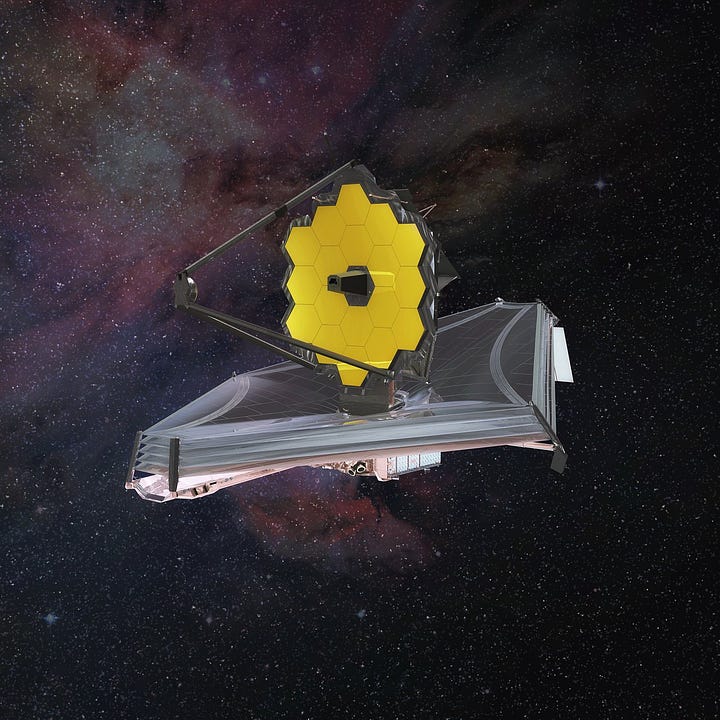
“I am personally delighted to see the hard work of the thousands of talented individuals across the nation, Europe and Canada rewarded by the success of the mission as evidenced by the flawless launch, commissioning and the stunning images,” says Hasan. “My colleagues and I are eagerly awaiting the scientific discoveries which are yet to come.”
From the images captured, which were released at a live event by NASA on July 12, scientists will be able to make discoveries about the life cycle of stars, galaxies, and planets and use that information to understand the ever-expanding universe. Hasan was part of the committee that identified candidate objects to be imaged to demonstrate that the powerful new instruments were ready for science.
“Although I didn’t know which images we would use for the demonstration, I was overwhelmed by the depth and details of the images,” said Hasan.
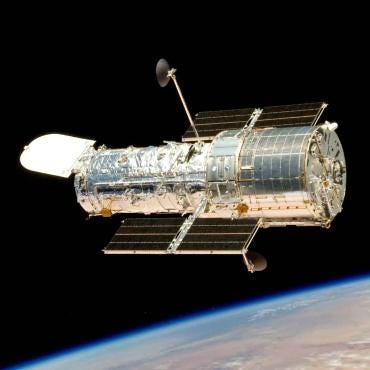
Hasan is an expert when it comes to optics, which are used to control the telescope instruments and keep the mission on track. She was actually hired by NASA in 1985 to write simulation optics for the Webb’s predecessor, the Hubble Space Telescope, and played a critical role in fixing the flawed mirror that resulted in it relaying blurry images.
“I was appointed as the Telescope Scientist at the Space Telescope Science Institute and my job was not only to analyze the error but to keep the telescope ‘in the best focus’ while we were trying to figure out how to fix it,” said Hasan.
A few years later in 1989, Hasan was put on the project, at the time called the next-generation space telescope. This project was renamed in 2002 to what is now known as the James Webb Space Telescope, after the former NASA chief who headed the space agency from 1961 to 1968. In her role as the Deputy Program Scientist for the $10 billion telescope, Hasan and her team are responsible for ensuring the instrument stays on mission.
The Webb telescope will play a huge role in advancing understanding of the origins of the universe. The telescope took 30 days to travel almost a million miles away from Earth and will remain to capture infrared light from stars that formed 15 billion years ago.
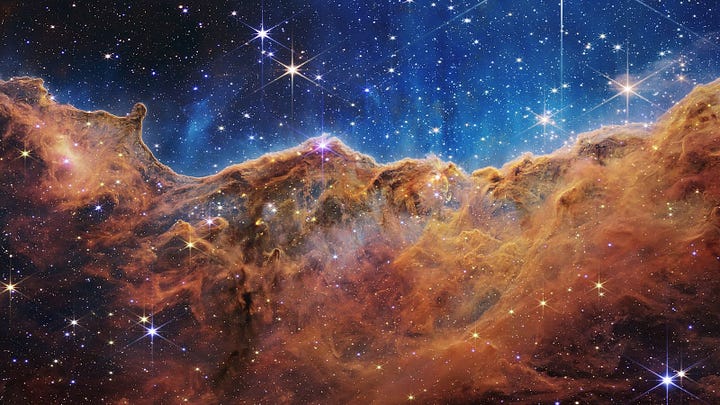
“Until now, we have not been able to see the first stars and the first galaxies forming, so this is the key knowledge that we are planning to get from this telescope,” said Hasan. “We can even look closer to Earth in our own galaxy and we can see stars being born within our own galaxy. We can also see our planets more clearly and get more information on them. We can also see how the elements which form life.”
The James Webb telescope had a number of false starts through its decades of development due to a myriad of issues. Its first planned launch in 2007 was delayed by over a decade but its 2018 launch was canceled due to technical difficulties. As the Covid-19 pandemic hit it was rescheduled two different times. Finally, on Dec. 25, 2021, the telescope successfully launched from Kourou in French Guiana.
As the Webb joins the Hubble telescope it is expected they will work together in capturing images of celestial objects. However, the Webb surpasses its predecessor in its technological abilities. The Hubble telescope does not have the capability to capture infrared light in the same way and the Webb will orbit the sun rather than the Earth as the Hubble does.
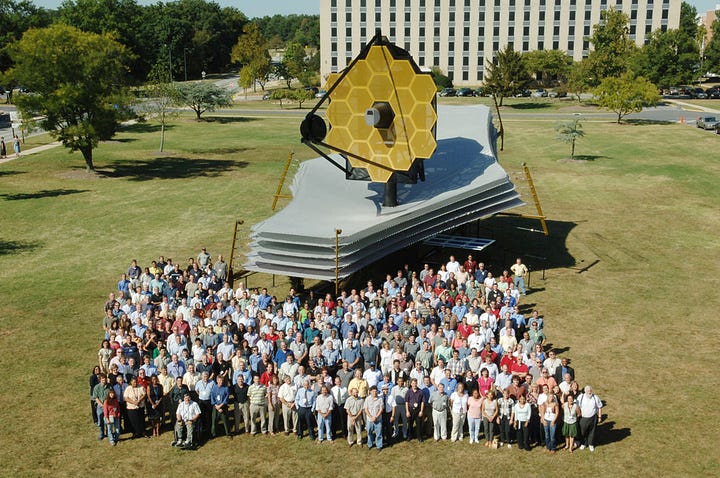
Hasan says scientists have already lined up a menu of observations with Webb for the coming year and will soon submit proposals for which celestial mystery they will begin to uncover next.
“What excites me the most is the discovery of the unexpected and unknown,” said Hasan.
source: http://www.medium.com / Medium.com / Home / source: American Muslim Today / by Maya Gayler / July 15th, 2022








